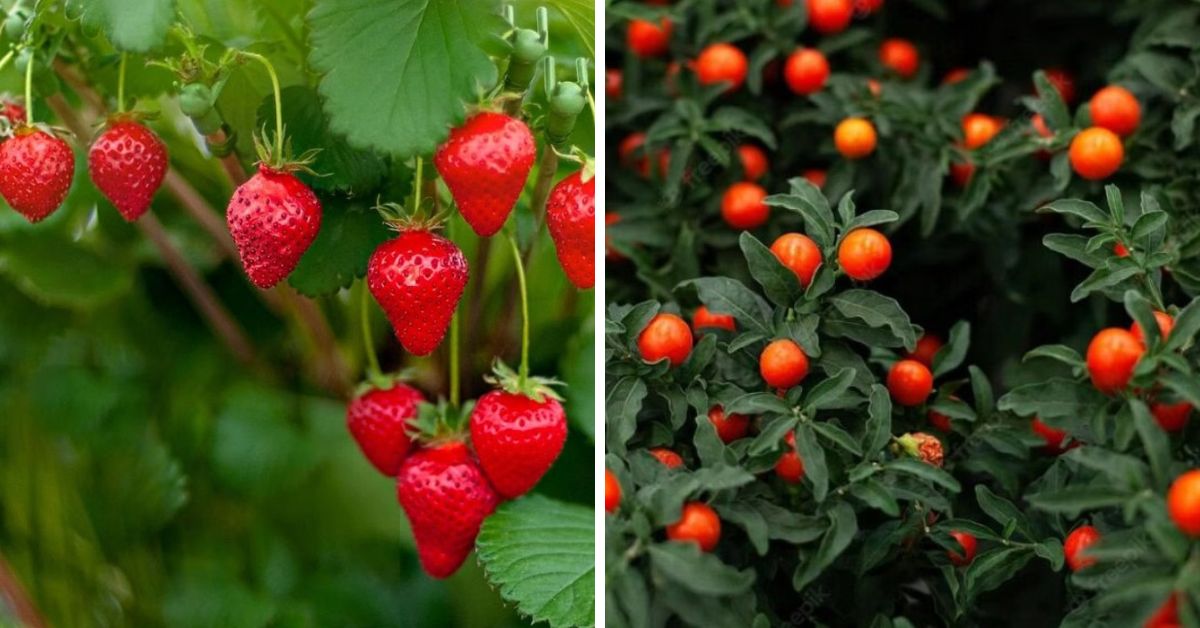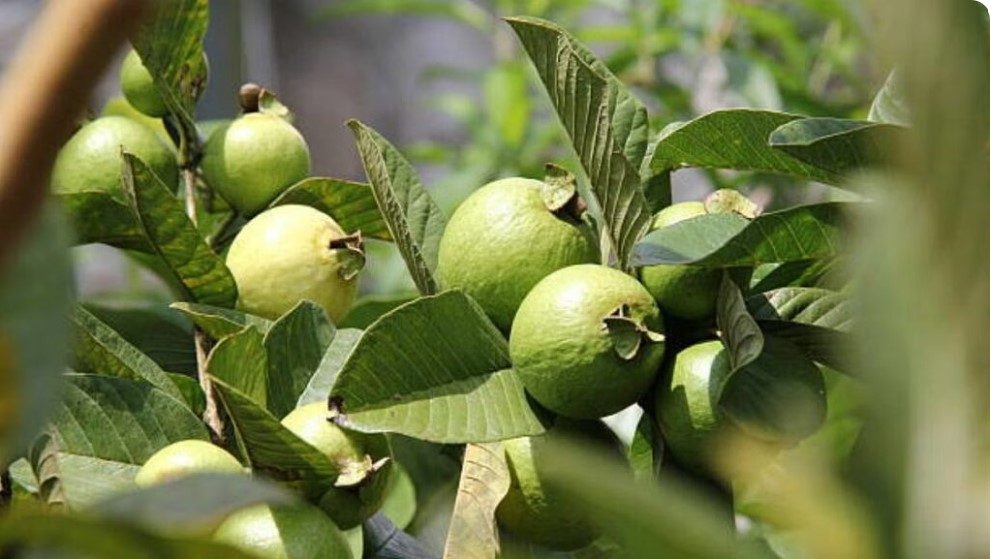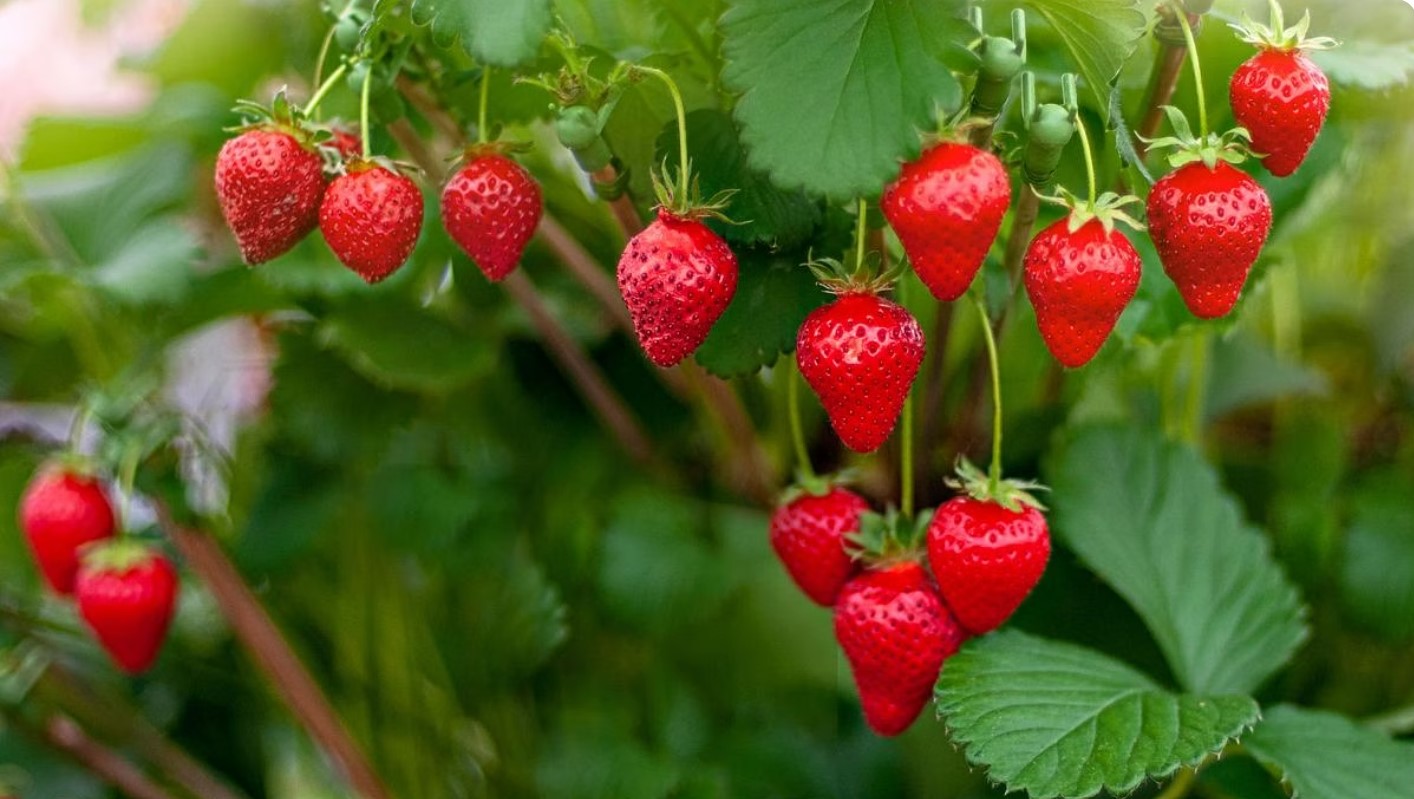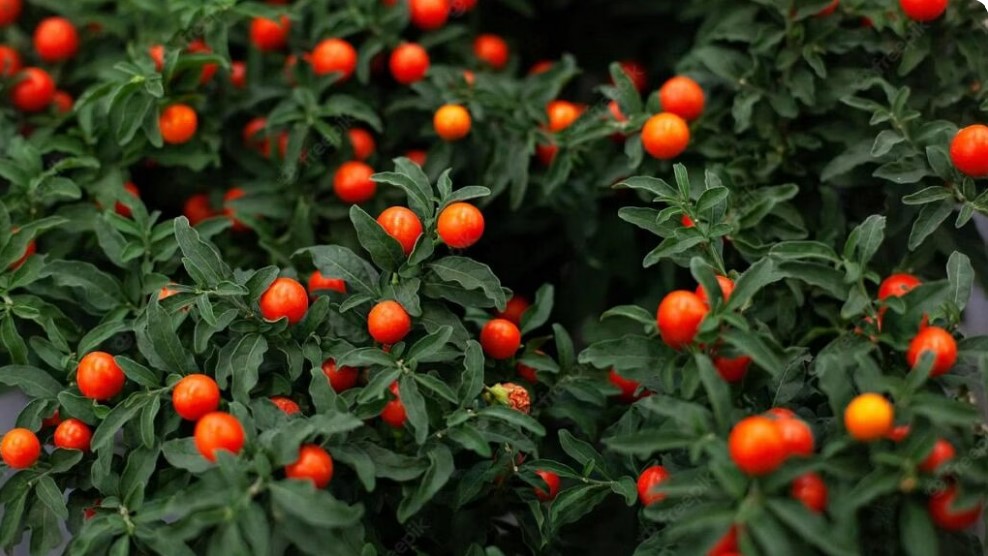Strawberry to Papaya: How to Grow These 4 Winter Fruits in Your Home Garden
Winter fruits like guava, strawberry, papaya, and cherry can be grown in pots on your terrace. Divya Patel shares easy gardening steps and tips for the season.

There is a misconception that we can grow winter fruits only on farms and in cold places. But, Deepti Patel from Surat is here to clarify that they can be easily cultivated in pots on your own terrace.
Deepti loves to eat fresh fruits grown in her garden and keeps adding new varieties to her terrace. She says all you need are some seeds or the mother plant, and you can consume nutritious winter fruits throughout the cold season in your very home.
“There are many varieties of guava available in the market during the season. Hybrid varieties of this fruit are also abundantly available and can be easily cultivated. Along with guavas, fruits like cherries, strawberries, and papayas can also be conveniently grown at home,” says Deepti to The Better India.
Winter fruits are rich in electrolytes and nourish our body with minerals like calcium, potassium, magnesium, and sodium, which are essential for good health. They also balance the amount of water in our bodies.
Here are some methods to grow these fruits at home:
1. Guava
Deepti says that hybrid varieties of plants start giving fruits early and it is better to plant them. Both desi, as well as hybrid varieties of guava, are readily available in the Indian market.
To prepare the potting mix, dry the soil under the sun for at least a day. This way, the soil becomes soft and the plant can grow well. Then add the dried soil to the pot and place the seeds of guava about 2 – 3 inches inside the soil. Then cover it with more soil.

Instead of planting the seed, you can also cut the fruit into four parts and bury it in the soil. Add a layer of compost to the soil mix to complete the potting process.
If the planting is done during the rainy season, remember not to water it every day. Minor spraying is enough for the plant’s growth. After 2 – 3 months, use any natural insecticide like diluted neem oil to avoid pest attacks.
When the plant reaches a certain length, place a wooden rod and tie it to the plant. This will assist the sapling to grow upwards without breaking.
2. Strawberries
Strawberries are one of the fastest-growing plants during winter. It can be grown in a hanging pot or a small pot on the windowsill. Strawberry seedlings can be procured from a nearby nursery for not more than Rs 30 says Deepti.
While purchasing the plant, make sure its leaves are green and the root is also healthy. Choose slightly wide pots for planting the seedlings. A pot with a width of about 12 inches would be ideal. Further, ensure that the pot has a drainage hole.

Mix equal amounts of cow dung and cocopeat along with two handfuls of neem cake. Neem protects the plant from fungus attack. If cocopeat is unavailable, use fine-grained soil and a small portion of sand.
Add a layer of the potting mix and cover the drainage hole. Then place a layer of gravel stones above it and add two inches of the soil mix into the pot. Now place the plant brought from the nursery in the center of the pot carefully.
Strawberry plants don’t need much water, so little spraying is enough. Keep the plant away from strong sunlight for a few days. Once the root of the plant has caught up with the soil, place it under normal sunlight.
Constant monitoring is needed for the plants, especially to check for fungus attacks. Strawberry plants often catch mealybugs easily. These are small white-colored insects capable of spoiling the plant. In case of this pest infestation, sprinkle rice water on it.
Within a period of two months, the plant will ideally spread in the whole pot – just like the mint plant – and flowers will sprout from it.
3. Cherries
Many types of cherries are available during winter. All of these can be grown at home from its seeds. It can also be cultivated using saplings. In fact, instead of throwing away the cherry seed after eating, plant it in a pot.
Separate the seeds from the fresh red cherries. But know that these are not the actual seeds to be planted. Break them with a tool and take out the seeds from inside. Keep these seeds immersed in water for 24 hours.

Fill a seedling tray with equal amounts of vermicompost and cocopeat. Plant the seeds in the tray and they should start growing in about 15 days.
When a few leaves sprout, transfer the plant to a 12-inch pot and keep fertilising it from time to time. Within two to three years, the plant will give out fresh fruits. If it’s a grafted sapling – purchased from a nursery – it will give results within a year.
4. Papaya
Deepti says that even though papaya is termed as a winter fruit, it can be grown during any time of the year.
To prepare the soil for planting papaya seeds, mix equal quantities of cocopeat, soil, compost (vermicompost/home compost) and cow dung manure. Always keep the soil light without adding too much water. If water stagnates in the soil, the plant may die.
Although papaya fruit contains many seeds, it is important to collect healthy ones. To find the right seeds, put all of them in water and pick the seeds which remain on the surface. These seeds can then be used directly or dried before planting.

Prepare the potting mix and plant all the seeds in a small container or sapling tray spaced apart. Add some soil on top of the soil and sprinkle water. In about 10 days, the plant would be ready for repotting. Shift it to a bigger pot with more depth so that the roots can move easily.
Make sure there is a proper drainage system for the pot or grow bag in which it is planted. Keep the pot from where it can receive good sunlight. Water it every day and add dried cow dung occasionally.
Also, add compost when it’s time for the plant to fruit. Ideally, in about seven to eight months, the plant should start fruiting.
Enjoy fresh and organic fruits from your garden this winter to lead a healthy life.
Read this story in Hindi here.
Edited by Pranita Bhat
If you found our stories insightful, informative, or even just enjoyable, we invite you to consider making a voluntary payment to support the work we do at The Better India. Your contribution helps us continue producing quality content that educates, inspires, and drives positive change.
Choose one of the payment options below for your contribution-
By paying for the stories you value, you directly contribute to sustaining our efforts focused on making a difference in the world. Together, let's ensure that impactful stories continue to be told and shared, enriching lives and communities alike.
Thank you for your support. Here are some frequently asked questions you might find helpful to know why you are contributing?
















